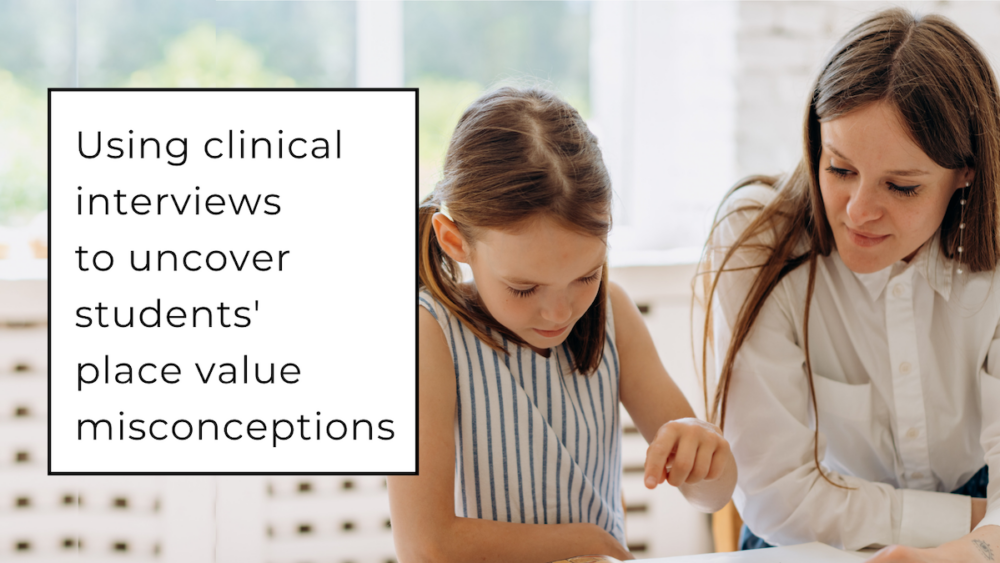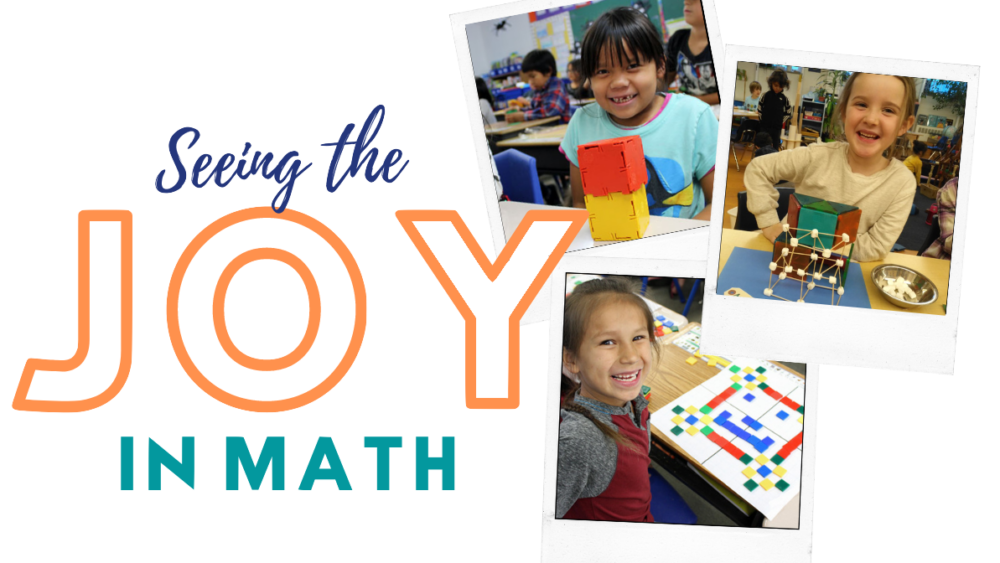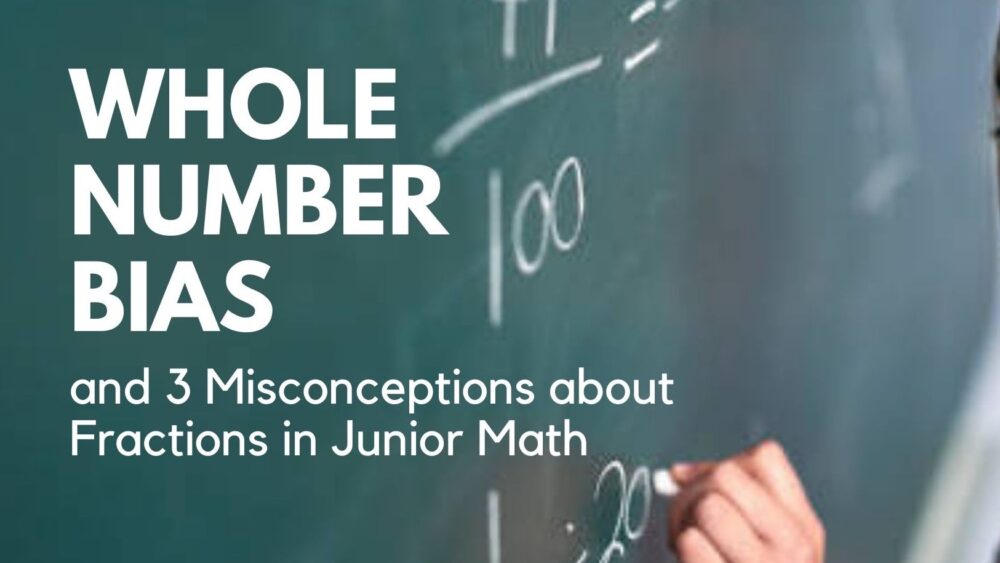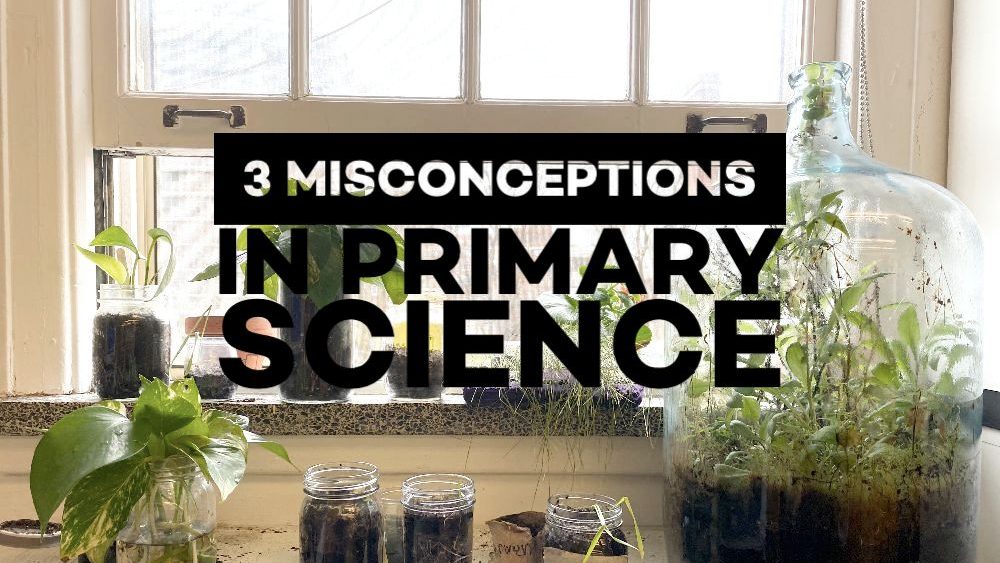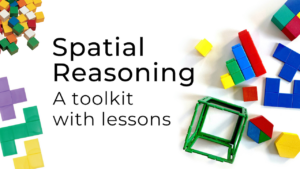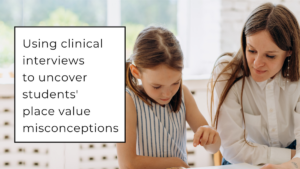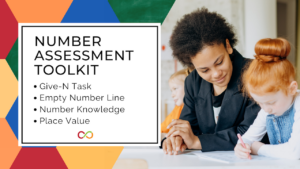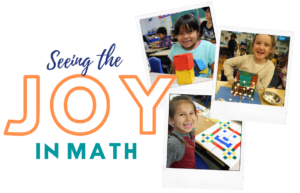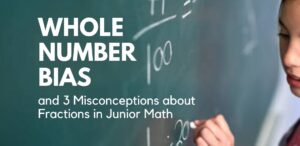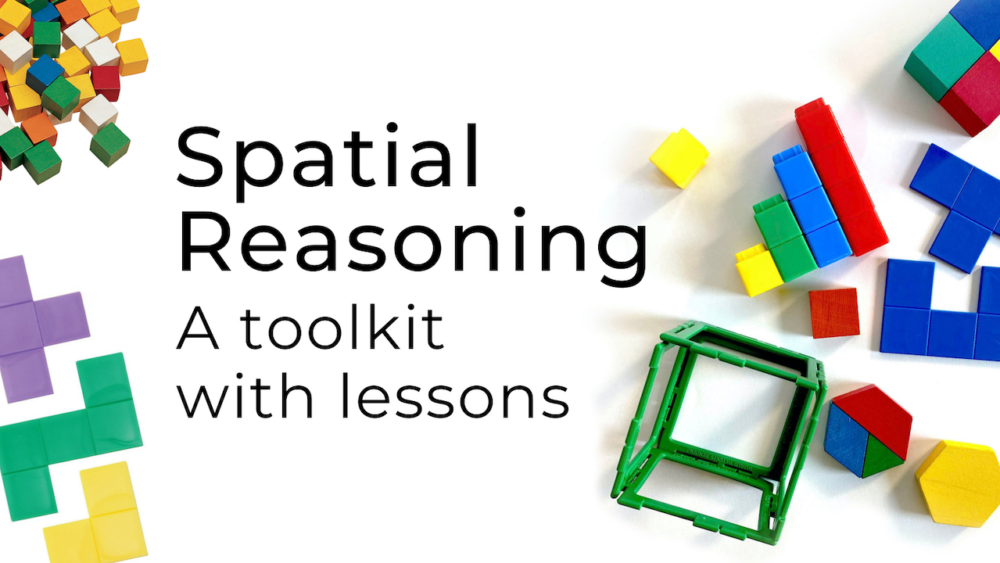
Spatial reasoning: A toolkit with lessons
Spatial activities categorized by process, such as mental rotation, perspective taking, visualization and mapping. More than 30 lessons for early years, primary and junior educators — free to use with students! Includes background info on the benefits of spatial reasoning in mathematics education.

